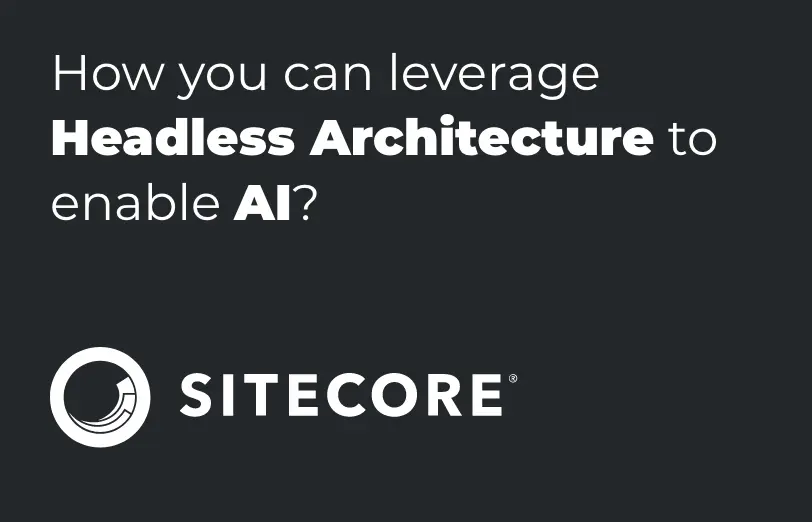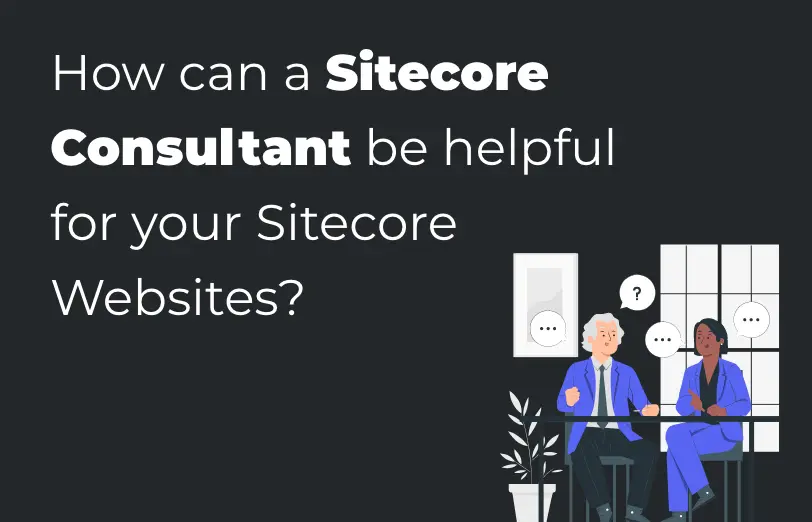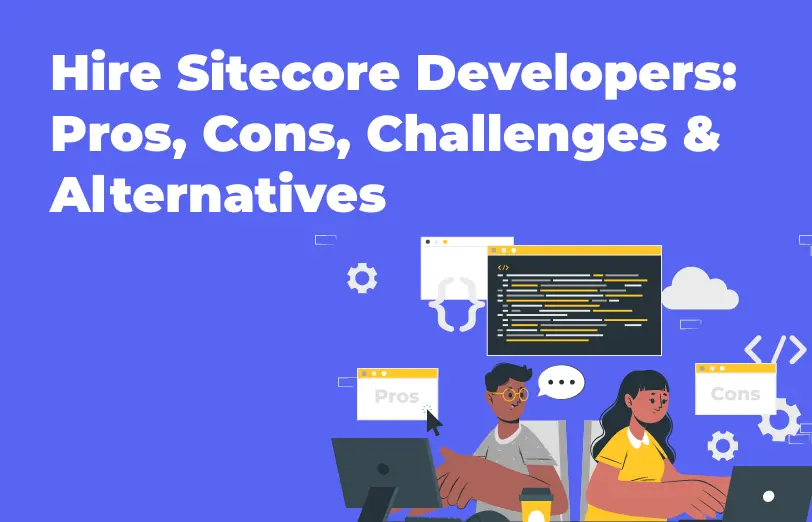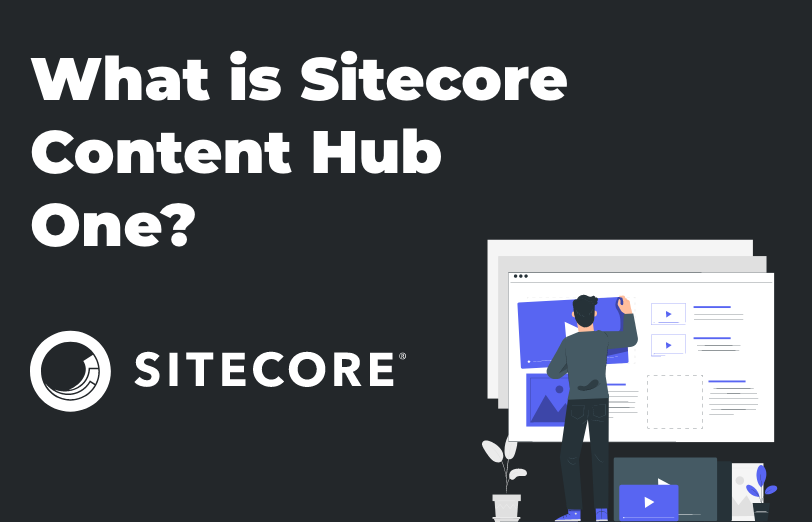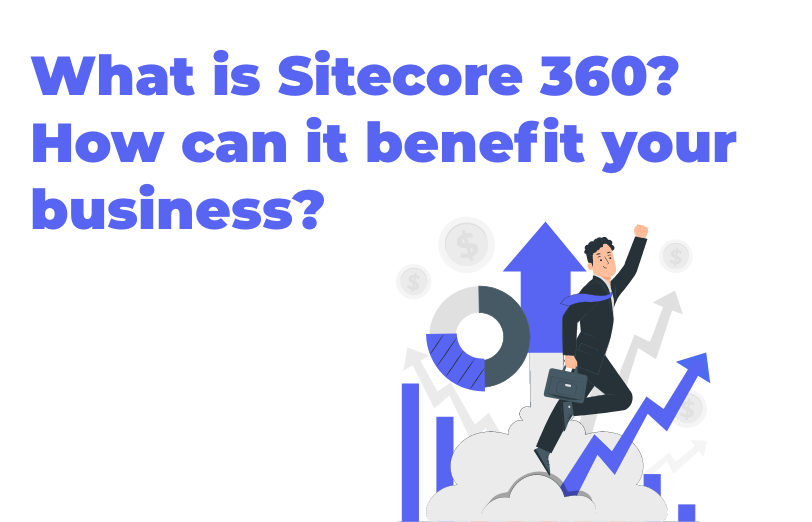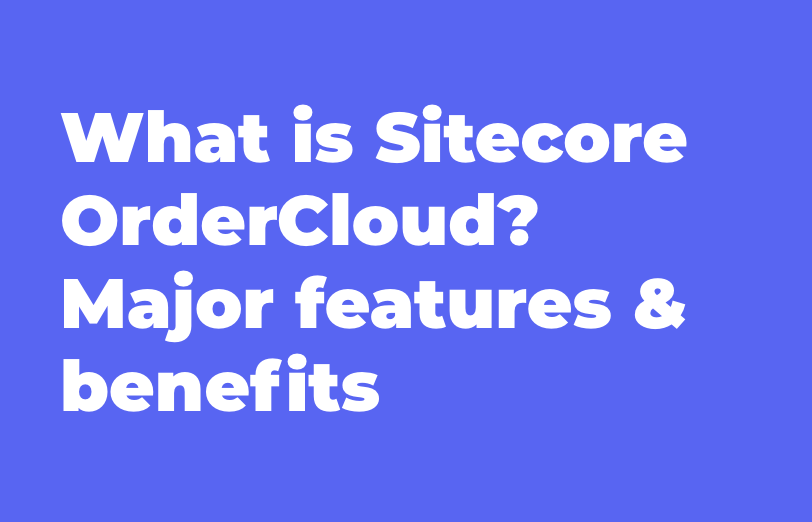In the quest for digital excellence, businesses are not only adopting headless architecture but
are also integrating robust Content Management Systems (CMS) to streamline content creation and
management.
Traditionally, web applications have been built with a tightly coupled front-end and back-end,
but headless architecture decouples these components, offering unprecedented flexibility and
scalability. Through this blog, we will explore how you can leverage headless architecture can
be enabled with the help of AI.
Headless and AI
Headless architecture and artificial intelligence (AI) are not just compatible; it's a strategic
alliance that empowers businesses to redefine the boundaries of innovation. At first glance, one
might wonder if the decoupling of the front-end and back-end inherent in headless architecture
would impede the seamless integration of AI.
However, quite the opposite is true. Headless architecture, with its modular and independent
structure, provides an ideal environment for the implementation and enhancement of AI solutions.
It provides:
Data Accessibility - Headless architecture ensures that data is structured and easily
accessible through APIs. This accessibility is a boon for AI applications, which rely heavily on
data for training and inference. With clean and well-organized data accessible through APIs, AI
models can be fed with the necessary information to make intelligent decisions.
Scalability and Resource Allocation - AI workloads can be resource-intensive, requiring
scalable infrastructure. Headless architecture's ability to scale components independently
ensures that organizations can allocate resources dynamically to accommodate the computational
demands of AI algorithms. This scalability is paramount in handling the varying computational
loads associated with training and running AI models.
Adaptability to Changing Models - The AI landscape is dynamic, with models evolving and
improving over time. Headless architecture's agility allows businesses to adapt quickly to
changes in AI models. Updating or swapping out AI algorithms becomes a seamless process without
disrupting the overall architecture.
Real-Time Data Processing - AI often operates on real-time data, requiring swift
processing and analysis. Headless architecture, when optimized for real-time data handling,
ensures that AI applications receive the latest data promptly. This is crucial for scenarios
where immediate decision-making is a necessity, such as in fraud detection or predictive
maintenance.
How Headless enables AI/ML?
Data Orchestration and Accessibility - Headless architecture, with its API-centric
approach, facilitates efficient data orchestration. AI and machine learning (ML) models thrive
on diverse and well-structured datasets. Headless CMS, when integrated with AI applications,
ensures that relevant data is accessible through APIs, streamlining the training and inference
processes.
Dynamic Content Delivery for Personalization - Headless architecture empowers businesses
to deliver content dynamically across various channels. In the context of AI, this means that
personalized content, recommendations, and user interfaces can be dynamically adjusted based on
AI-driven insights.
Scalable Infrastructure for AI Workloads - AI and ML workloads often require substantial
computational resources. Headless architecture's ability to scale components independently
allows organizations to allocate resources dynamically based on the computational demands of AI
algorithms.
Real-Time Decision-Making - AI applications frequently operate in real-time scenarios,
demanding swift processing of data to make informed decisions. Headless architecture, when
optimized for real-time data processing, ensures that AI applications receive the latest
information promptly. This is particularly critical in applications like autonomous vehicles,
where split-second decisions can have significant consequences.
The Synergy of Headless Architecture and Sitecore
Content Management for the Digital Era:
Sitecore brings a powerful content management solution to the table. When combined with headless
architecture, it allows businesses to manage and distribute content effortlessly across various
channels. The headless CMS approach ensures that content is structured, making it conducive for
AI applications that thrive on well-organized data.
Personalization at Scale:
Sitecore's renowned personalization capabilities align harmoniously with the flexibility of
headless architecture. Businesses can leverage AI algorithms to analyze user behavior and
preferences, and Sitecore can dynamically serve personalized content across channels. This
dynamic personalization is crucial in enhancing user engagement and satisfaction.
A/B Testing and Optimization:
Sitecore's A/B testing features empower businesses to experiment with different content
variations. When integrated with a headless architecture, A/B testing can be utilized to
optimize user experiences based on AI-driven insights. This iterative approach allows
organizations to refine their content strategies continually.
Conclusion
The compatibility of headless architecture and AI is not only feasible but also strategically
advantageous. The modular, scalable, and adaptable nature of headless architecture complements
the dynamic requirements of AI applications.
As businesses continue to navigate the digital landscape, the symbiotic relationship between
headless architecture and AI will undoubtedly be a driving force behind innovation,
personalization, and enhanced user experiences.
BACK TO SERVICE LIST
Sitecore Module Development Add new features, extend new features, or even replace, supplement and provide new functionality to Sitecore. Sitecore CMP & MRM Through the Sitecore CMP & MRM, drive execution, workflow, operations and processes of your entire marketing team. Sitecore Ordercloud Create a dynamic eCommerce platform and future-proof your business for B2B, B2C, B2X or any other marketplace business model. Sitecore Discover Provide real-time, personalized search results and recommendations for every individual shopper, all in one place.
MAIN MENU







